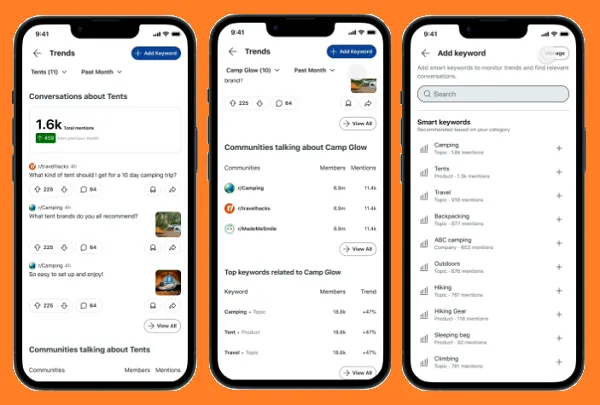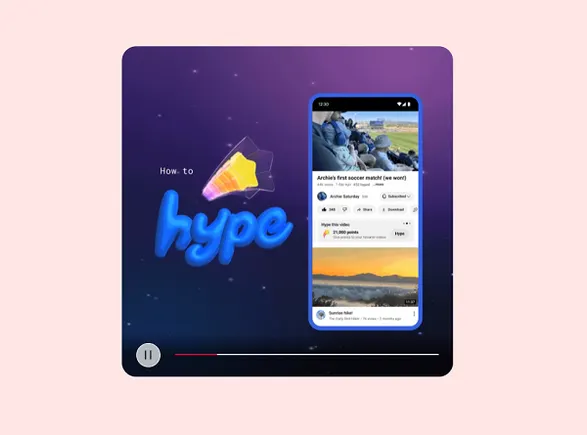How to Get Backlinks: 15 Proven Tactics
But it’s harder than it needs to be without tried and tested tactics to lean on. Here are 15 proven ways to get backlinks: The Skyscraper Technique The Reverse Skyscraper Technique Resource page link building Broken link building 301...

Shows how many different websites are linking to this piece of content. As a general rule, the more websites link to you, the higher you rank in Google.
Shows estimated monthly search traffic to this article according to Ahrefs data. The actual search traffic (as reported in Google Analytics) is usually 3-5 times bigger.
The number of times this article was shared on Twitter.
Link building isn’t rocket science. There’s no secret club where only an elite few get taught how to build links. Anyone can do it. But it’s harder than it needs to be without tried and tested tactics to lean on. Here are 15 proven ways to get backlinks: The Skyscraper Technique is where you find content with lots of backlinks, create something better, then ask everyone linking to the content you improved to link to you instead. You first need to find pages with lots of backlinks. To begin, search for a phrase related to your topic in Ahrefs’ Content Explorer and set the “referring domains” filter to a minimum of 50. This will show you pages with backlinks from 50+ websites. It’s then simply a case of analyzing the content and thinking about how to improve it. Here are some of the best ways to improve content: For example, Neil Patel’s page about long-tail keywords has backlinks from 1.1K referring domains: But its definition of long-tail keywords is inaccurate (and is super hard to read): Providing a meaningful definition is one easy way we could improve this content. Recommended reading: How to Execute the Skyscraper Technique The reverse skyscraper technique is where you choose a great piece of content already on your site, find similar lower-quality pages with lots of backlinks, then ask everyone linking to those pages to link to you instead. It works for the same reasons as the “regular” skyscraper technique. The benefit is that you don’t have to create new content. To find the best opportunities for this technique, plug a few keywords you’ve published industry-leading content about into Ahrefs’ Keywords Explorer, then sort the results by Keyword Difficulty (KD) from high to low. Sidenote. Keyword Difficulty (KD) is based on the number of referring domains to the current top-ranking pages. This means that pages ranking for keywords with high KD scores will likely have many backlinks. Next, click the SERP button and look for similar pages with lots of backlinks. Finally, visit these pages and look for compelling reasons why your content is better than theirs. If you find one, pitch your link as a replacement to those linking to the page. You can find these people using the Backlinks report in Ahrefs’ Site Explorer. Resource page link building is when you get backlinks from web pages that curate resources on a particular topic. It’s a tried and tested strategy because the sole purpose of these pages is to link to valuable resources. To find resource pages, run one of these searches in Google and add a phrase related to your topic: For example, if you want to build links to a resource on losing weight, you may search for intitle:resources inurl:resources.html weight loss. You can also use Ahrefs’ SEO Toolbar to export the results and their SEO metrics, which allows you to prioritize opportunities by Domain Rating (DR) and estimated search traffic. It’s then simply a case of visiting each page to ensure it’s a resource page and links out to external resources. If it fits the bill, find the email address of the person responsible and pitch your resource. Recommended reading: Resource Page Link Building: The Only Guide You Need Broken link building is where you find a dead link on a page, create your own page on the topic, and ask everyone linking to the dead resource to link to your page instead. It works because people who care about their websites don’t want to send visitors to broken pages. There are many ways to find dead pages with backlinks. One of the easiest is to search for a topic in Ahrefs’ Content Explorer, filter for broken pages then set a referring domains filter with a minimum value of 10. This will show you dead pages with backlinks from at least ten websites. If you want to investigate a page further, hit the caret and click the link to view it on archive.org. This will show you what was on the dead page before it disappeared. If it makes sense for you to create something similar, head back to Content Explorer, hit the caret, and click through to the Backlinks report. You’ll see all of the pages and sites linking to the dead page, which you can pitch your replacement link to once your content goes live. Recommended reading: A Simple (But Complete) Guide to Broken Link Building 301 redirect link building is where you find irrelevant 301 redirects and pitch a suitable replacement to everyone linking to it. It works for the same reason broken link building works; site owners don’t want to send their visitors to what are effectively dead pages. To find irrelevant 301 redirects, go to Site Explorer, change the mode to “https,” enter a niche site, go to the Best by links report, and add a “301 moved permanently” filter. Eyeball the URLs for irrelevant redirects. For example, the first URL above looks like a post about the history of search engines that now redirects to one about search engine marketing. We can confirm that’s the case by hitting the caret and clicking to view the page on archive.org. This is an entirely different topic to the page it now redirects to, so this is an irrelevant redirect with 698 referring domains. “Best x in y” listicles are posts listing the best businesses in a specific area or industry. Finding and pitching ones where you aren’t already featured can earn more exposure and backlinks. You can find relevant lists by searching in Google with this formula: Best BUSINESS TYPE in LOCATION -"YOUR BUSINESS NAME". Here’s a list of the best coffee shops in London: As per our search, one business that didn’t make the cut is Omotesando Koffee—a top-rated shop according to Google. If you were the founder of this place, it might be worth reaching out to the author to see if they’d be willing to add you. When doing this, keep two things in mind: For example, the fact that Omotesando Koffee isn’t already on this list probably means the author has never been to their shop. In which case, they’re unlikely to add them to the list just because they’re asked to. You first need to build a relationship. Here’s how I would contact the author in this instance: Hey [Name], Just came across your list of the best coffee shops in town and noticed my shop, Omotesando Koffee, wasn’t included. Is that because you didn’t like our coffee or haven’t tasted it? If it’s the latter, I’d love to invite you down to taste our stuff (don’t worry, it’s on the house). Are you in the area any time soon? Let me know. Notice that this email doesn’t pitch inclusion on the list; it simply invites the author to taste our product. It’ll be much easier to ask for inclusion after we win them over. HARO (Help A Reporter Out) is a free service connecting journalists to sources and sources to journalists. It’s an easy way to earn high-quality backlinks because journalists are soliciting responses from you, not the other way around. Sign up as a source, and you’ll begin receiving emails with queries from journalists at various publications. This will include queries from big well-known sites like Business Insider and The New York Times. The problem is that most queries will be irrelevant, so it’s worth setting up a Gmail filter to save your sanity. Here’s how: Hit search and check a few emails to ensure you’re getting relevant results. If all looks good, hit the search options caret again and click “Create filter.” Now it’s time to start responding to relevant queries. Just know that not all journalists will cite and link to you just because you respond. For the best results, you should respond only to queries only if you have relevant expertise. It’s also worth prioritizing opportunities where the journalist is looking for multiple experts. For example, the request below from Business Insider clearly states that they’re looking to hear from multiple elite preschools. So if you work for an elite preschool, you probably have a good chance of getting featured by replying to this request. Guest blogging is where you write a blog post for another website and usually receive attribution and a link back to your site in return. To find websites that are likely to accept guest posts, go to Content Explorer, enter a keyword related to your niche, and change the dropdown to “In title”. This searches billions of pages for matching content. You can then apply filters to narrow down the results and find websites to pitch. These filters are a good starting point: You’ll also want to toggle the “One page per domain” box as there’s no point in reaching out to the same website multiple times. If there are too many websites to pitch, go to the Websites tab to see the top 100 websites by traffic. Pay particular attention to websites with multiple authors, as these are more likely to accept guest posts. For example, Moz has 182 pages about SEO by 28 different authors, so chances are some of those are guest bloggers. Podcast interviews are where you’re featured as an expert on a podcast and asked questions by the host. Each one will only take around an hour of your time, and if you choose them wisely, backlinks are pretty much guaranteed. This is because most podcasts have episode pages on their website, which almost always link to the guest’s website and social profiles. You first need to find podcasts to pitch, which you can do by searching Google for top industry podcasts. Most of the results will be listicles, and Google also tends to show a podcasts carousel in the search results. Before pitching, check the podcast’s episodes pages to make sure they link to their guests. If you spot a prolific podcast interviewee (like our very own Tim Soulo) while browsing, paste their homepage into Ahrefs’ Site Explorer, choose the “Exact URL” search mode, head to the Backlinks report, filter for results with “episode” in the referring page title, and sift through the results for relevant podcasts to pitch. You can be sure that any podcasts you discover using this method link to their guests. Unlinked mentions are when people cite your brand (or anything related to your brand) online without linking to your website. They’re low-hanging fruit in link building because you’re already halfway there. The person is already familiar with your brand so asking them to add a link to the mention is often enough to win the link. To find unlinked mentions, search for your brand in Content Explorer and add -site:yourwebsite.com to exclude results from your site. Next, use the “highlight unlinked domains” feature to highlight pages from websites that haven’t linked to you, then export the results (make sure to tick the “Only pages with highlighted domains” box). Sift through the results in Excel or Google Sheets and reach out where it makes sense. Recommended reading: A Simple Guide to Turning (Unlinked) Brand Mentions into Links A link gap analysis reveals the websites linking to multiple competitors, but not you. It’s often easy to replicate these links because if someone’s linking to multiple competitors, it might make sense for them to link to you too. To run a link gap analysis, plug your homepage into Site Explorer (use the “Exact URL” mode), go to the Link Intersect report, and add a few competing homepages in the empty fields (set these to “URL” mode too). Look through the results for potentially replicable links. For example, the website below links to two of our competitors. Looking at the links, we see that they’re both thanks to podcast interviews. Given that this host has interviewed two of our competitors, they might be interested in interviewing us too. TIP Keep your eyes peeled for common types of linking pages, as this can help you find more link prospects. For example, if your competitors have many links from podcasts, search for more podcasts and pitch them. Stockist links come from companies whose products you stock and sell. These links are easy to get if you stock products from companies that list stockists on their websites. To find relevant stockists pages, find the websites of all the companies whose products you stock, then run this Google search for each of them: site:brand.com intitle:"stockists" OR intitle:"where to buy". You should see it in the search results if they have a stockist page. Here’s what that page looks like: Then it’s simply a case of reaching out and asking them to add you. Organizations, communities, and clubs that you’re already a part of are arguably the lowest-hanging fruit in link building. This is because they often have team or advisory board pages where they’ll happily mention and link to you if you ask. To find opportunities, make a list of all organizations, communities, and clubs you’re a part of. This can be anything from a school parent advisory board to a local charity to a law association. Next, find their websites and run this Google search for each one: site:theirwebsite.com intitle:team OR advisory. It should pop up if they have a relevant page. Reach out and request a link where it makes sense. Link roundups are curated lists of the best new content in an industry, usually from the past week or month. The authors of these posts are always on the lookout for worthy content to feature in their next roundup, so they’re an easy way to build links to new content. To find roundup posts, search Google for your topic followed by intitle:2022 intitle:"roundup" OR intitle:"round up". As there’s no point in pitching discontinued roundups, filter for search results from the past three months (Tools > Any time > Custom range > select the last three months on the calendar). Finally, check out the roundups and pitch relevant ones. Internal backlinks are links from other pages on the same website. Many SEOs neglect internal links, which is a big mistake because they’re a powerful way to funnel ‘authority’ to the pages that need it. You also have full control over them—unlike external backlinks. To find pages that would benefit most from a boost, look for those that rank in positions 2–4 for their target keyword. You can do this in Ahrefs’ Site Explorer. Just plug in your site, go to the Organic Keywords report, and filter by position. Next, go to your project in Site Audit, click the Link Opportunities report, paste your page’s URL into the search box, and switch the dropdown to “Target page.” Sidenote. You’ll need to set up a project and crawl your site using Site Audit first. You should now see relevant places on your site to add internal links to your page. Recommended reading: Internal Links for SEO: An Actionable Guide Most of these tactics aren’t new or exciting, but they work—and that’s what counts. Just don’t try to do them all at once. Start with one, learn from it, perfect your approach, and build from there. Give me a shout on Twitter if you have any questions.How to do it



How to do it
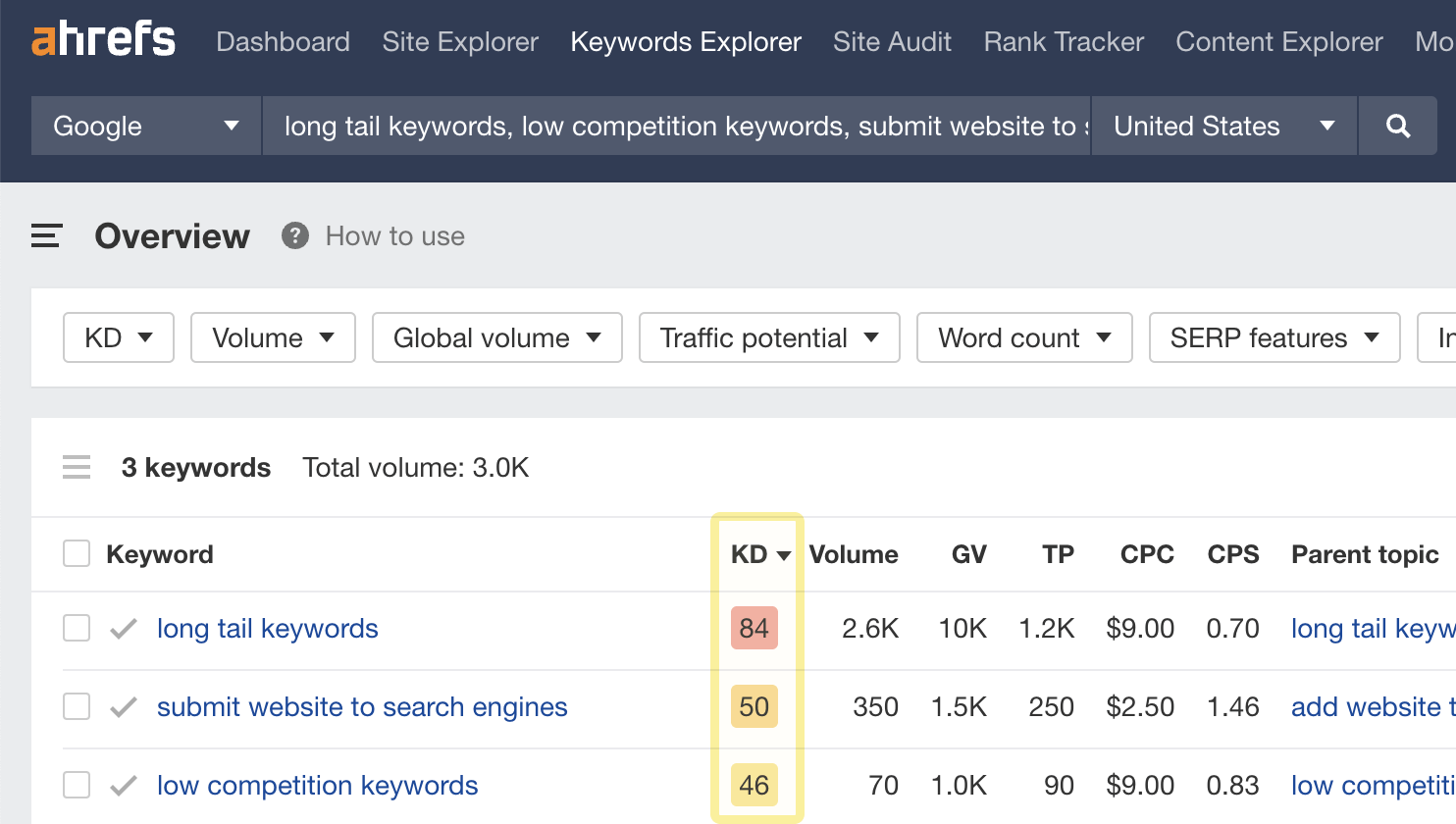

How to do it

How to do it
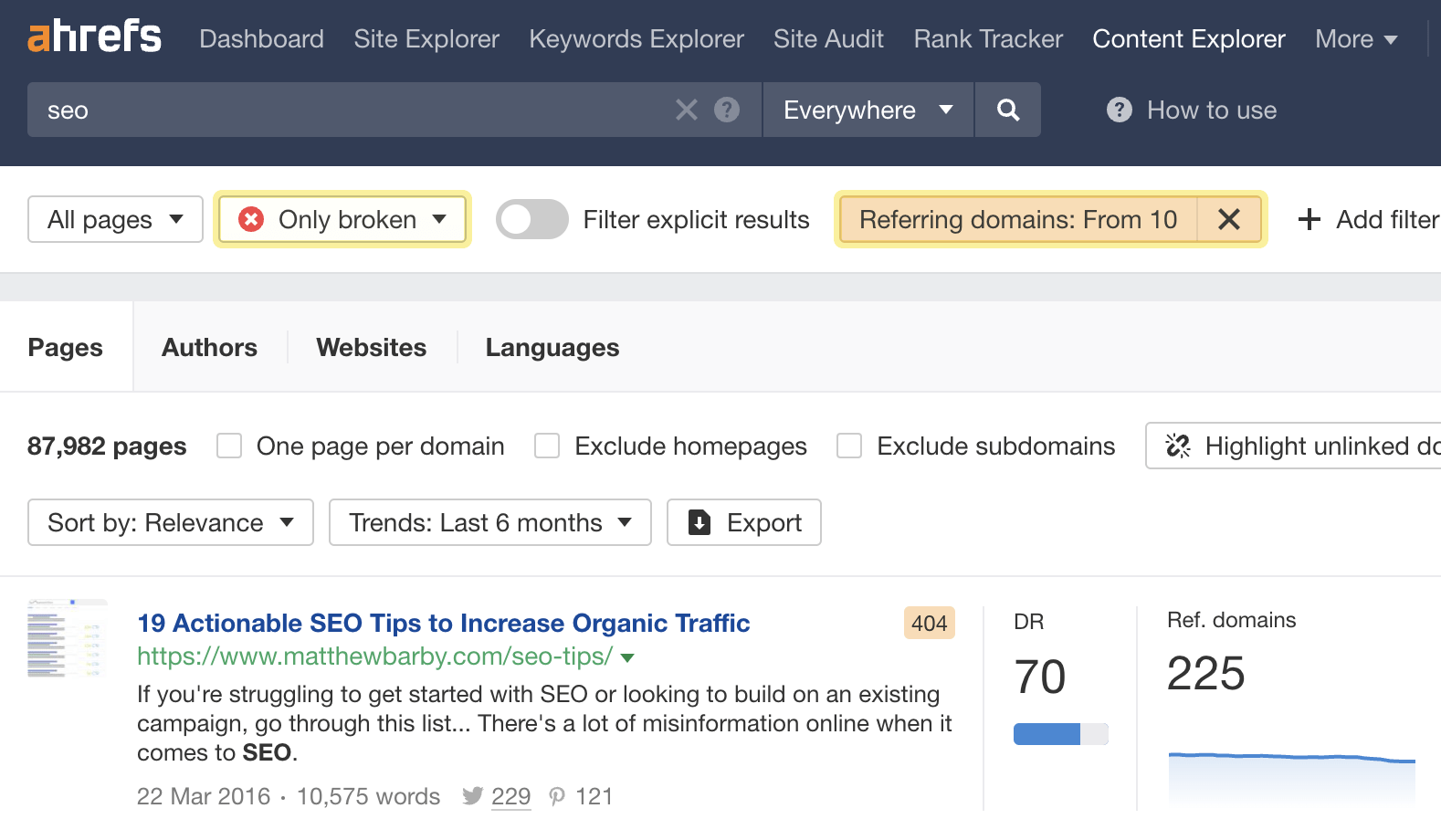

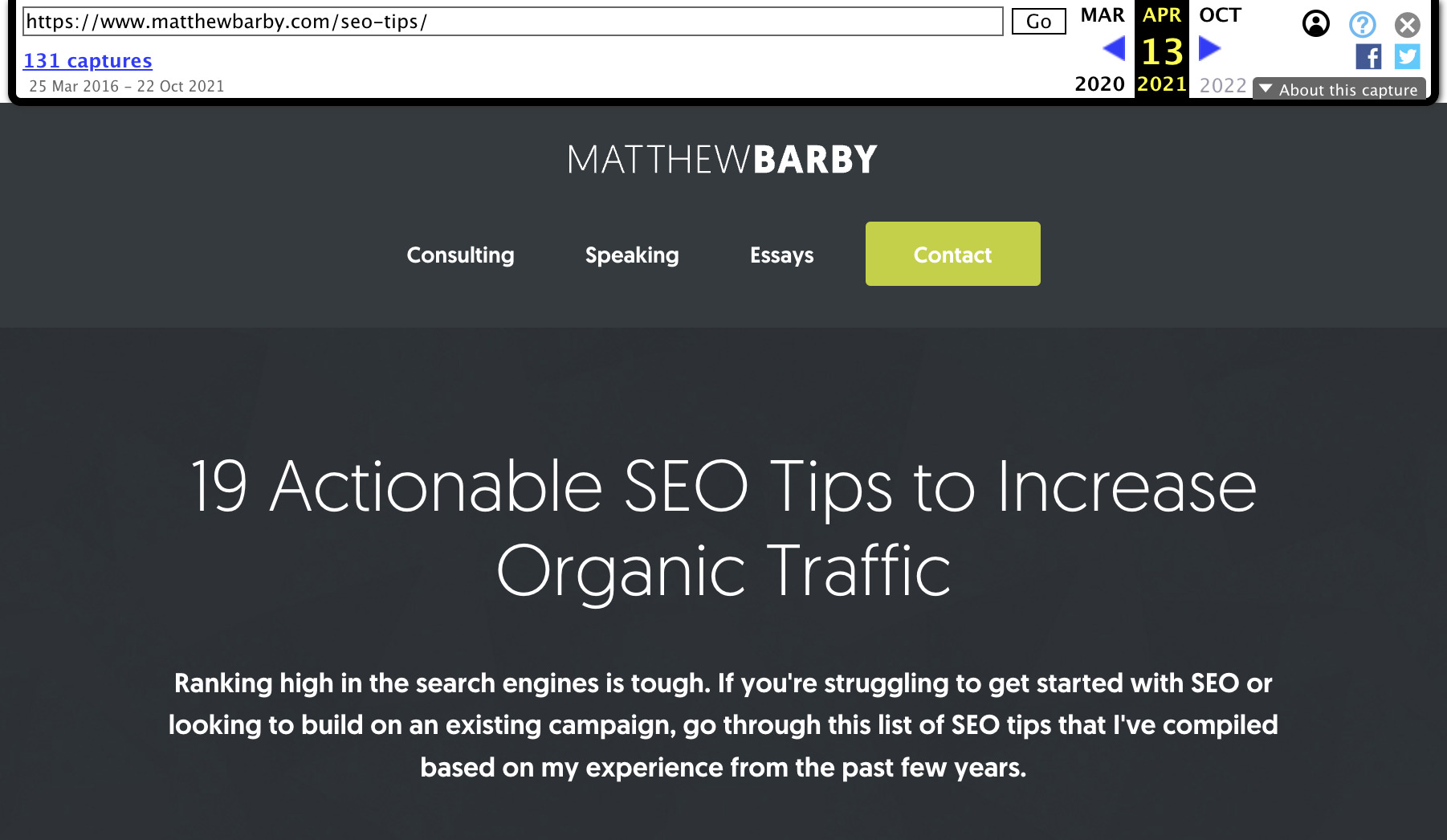
How to do it
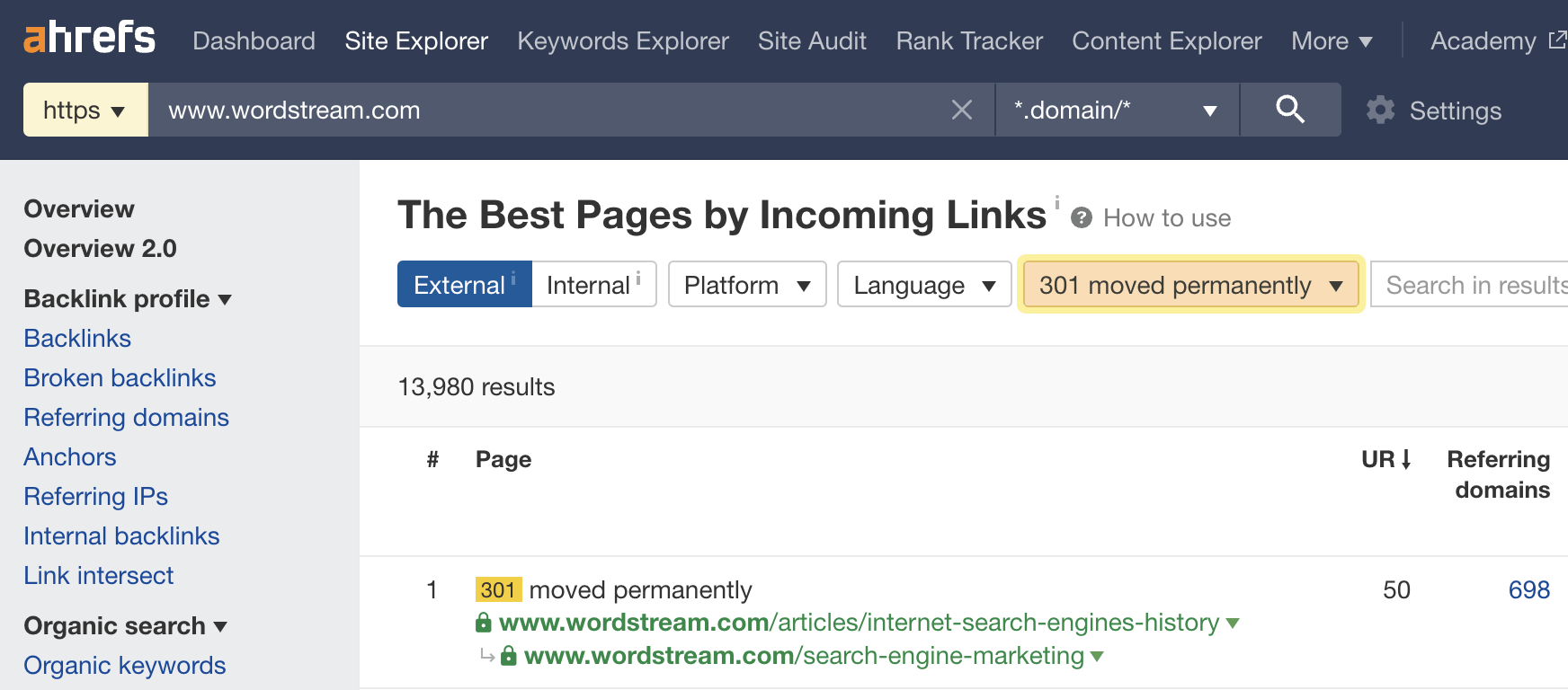


How to do it


How to do it

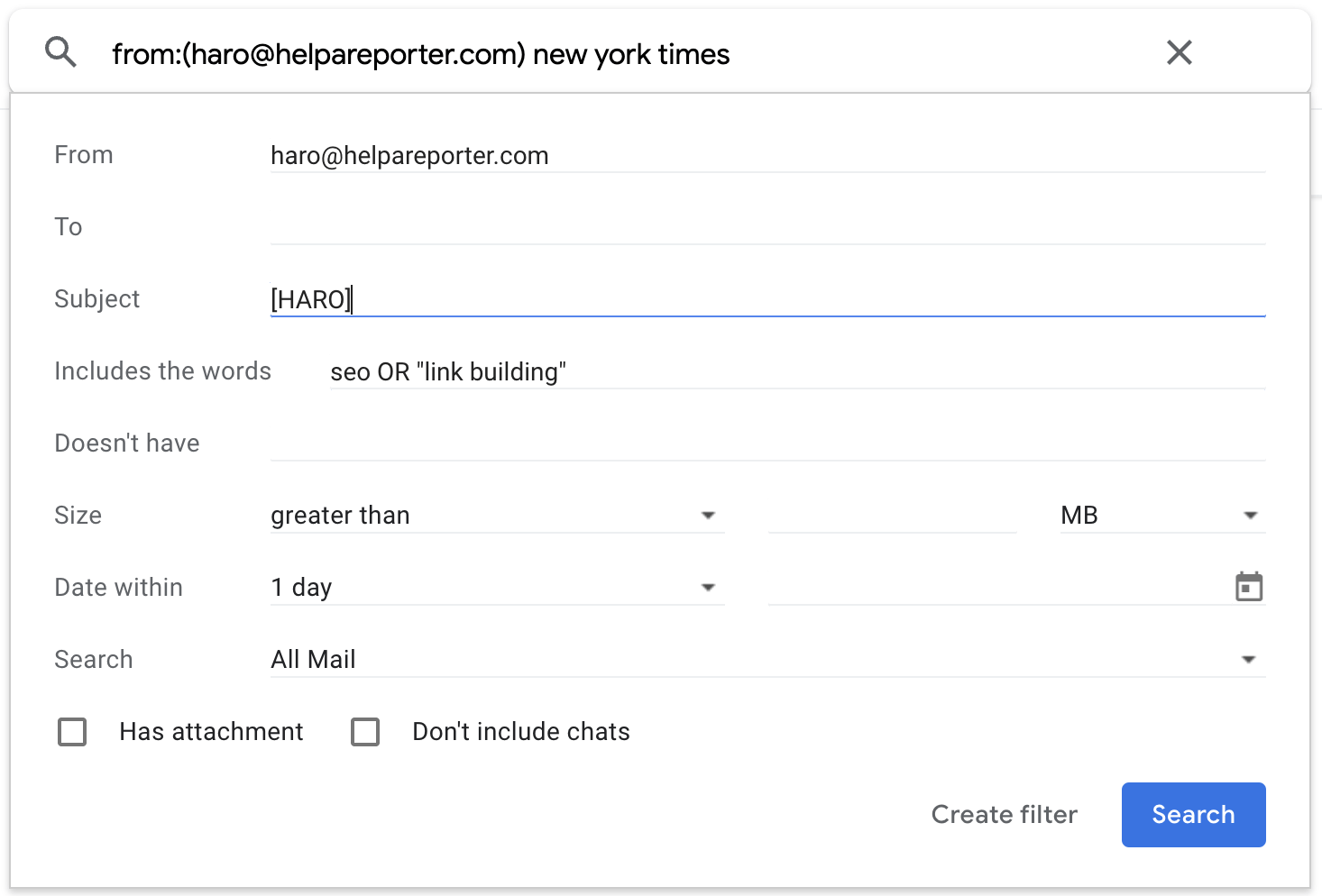

How to do it
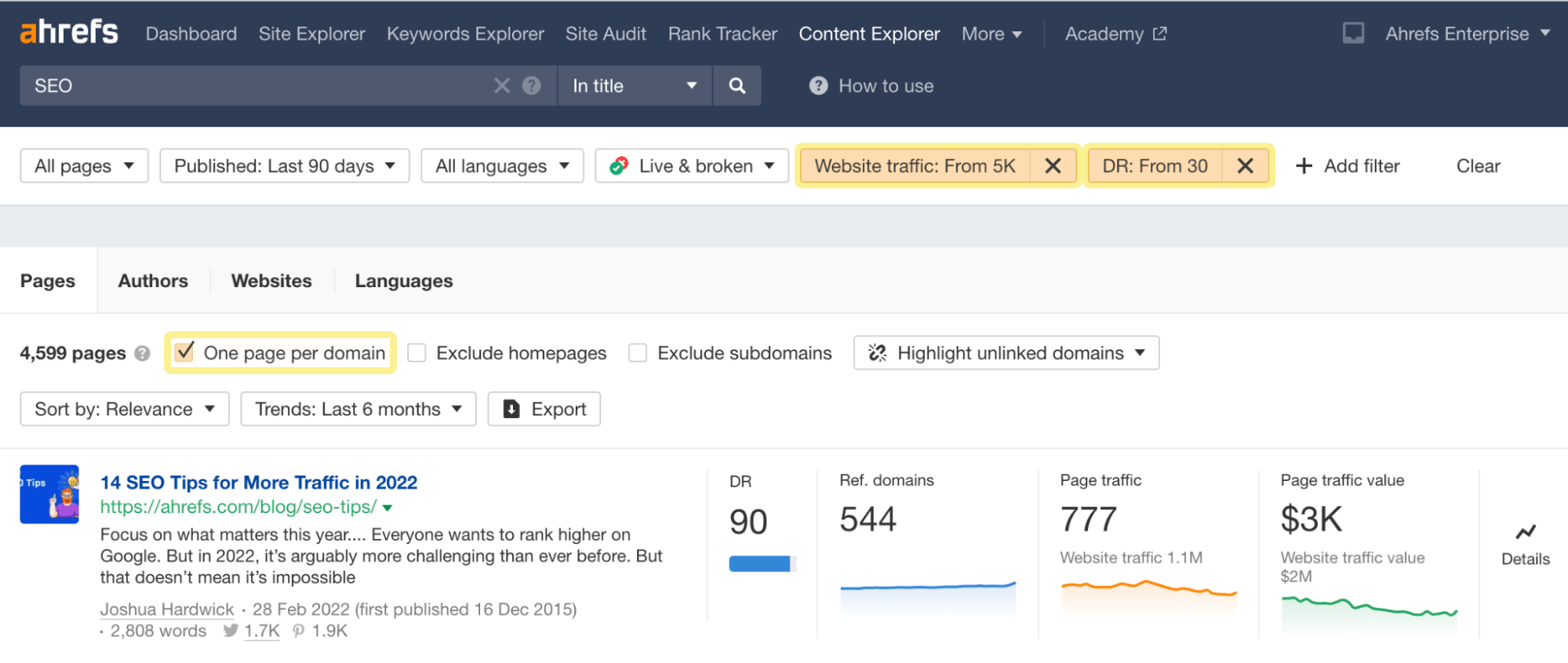

How to do it

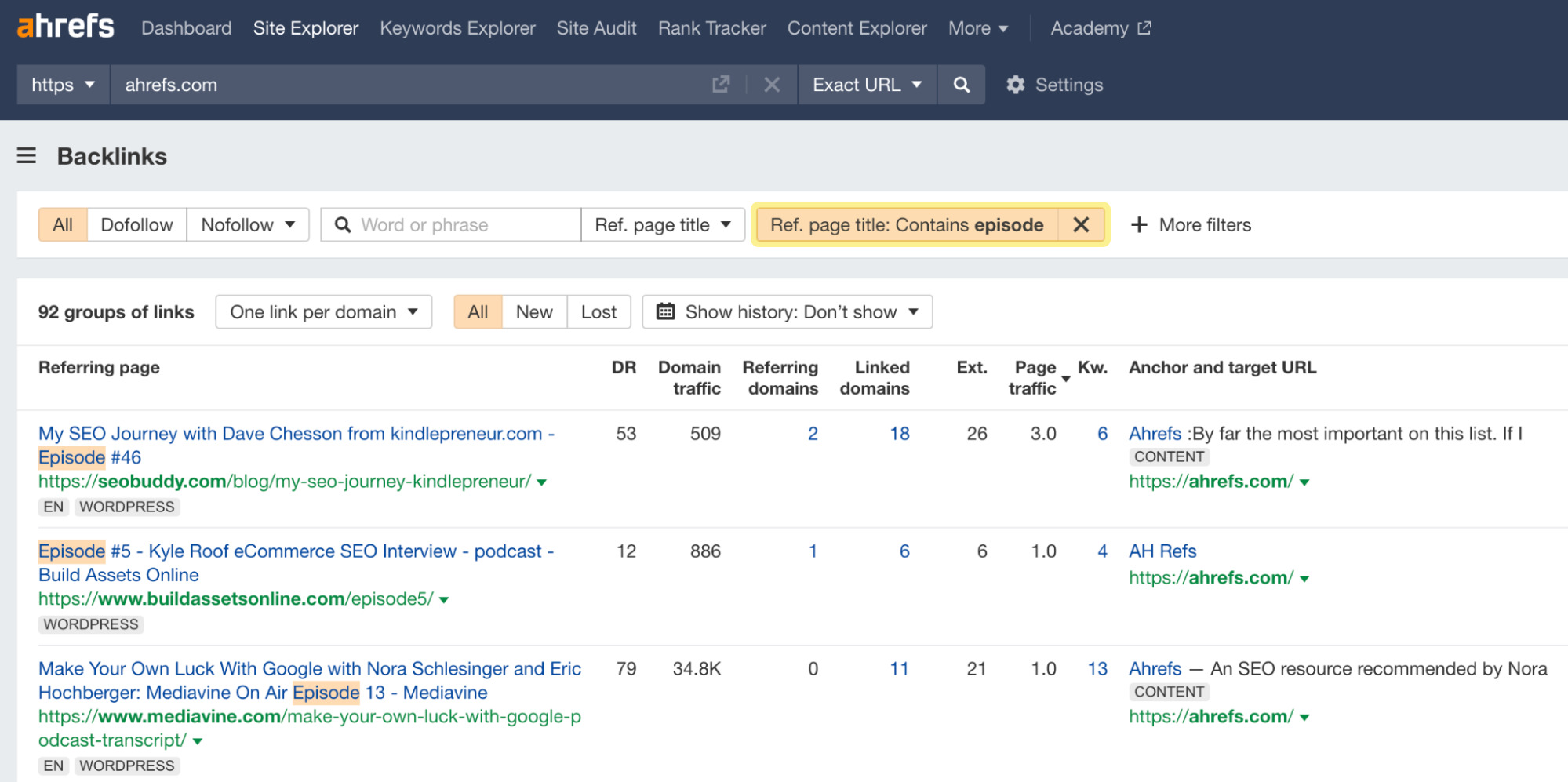
How to do it



How to do it



How to do it
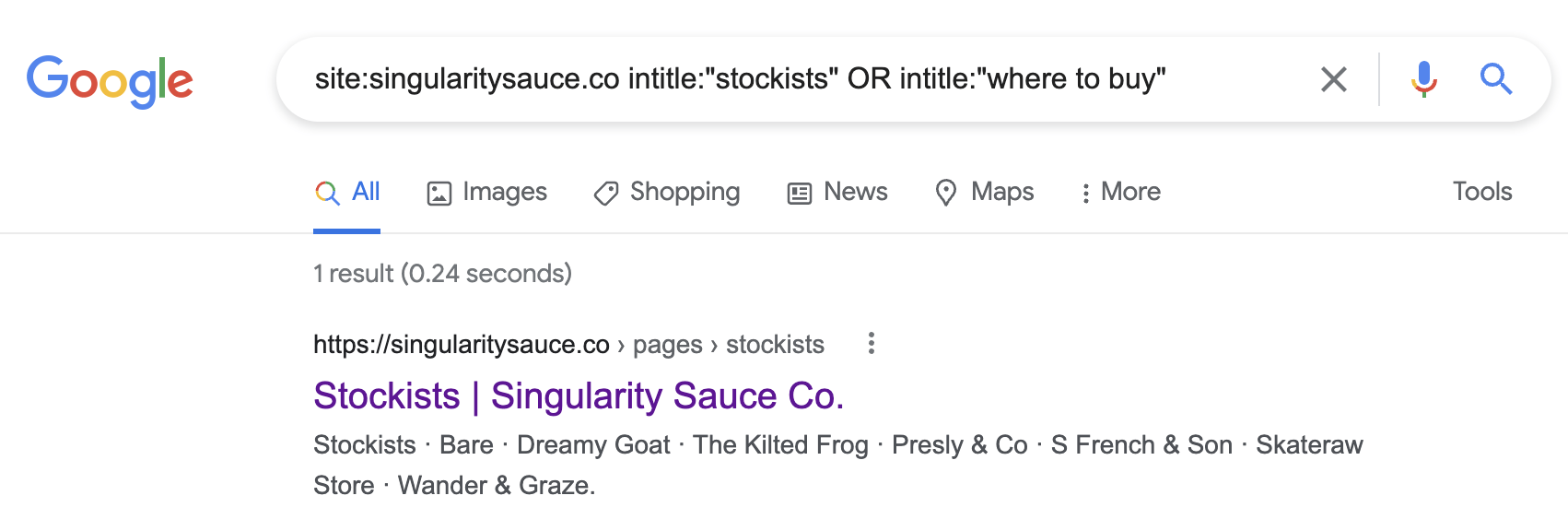

How to do it

How to do it


How to do it
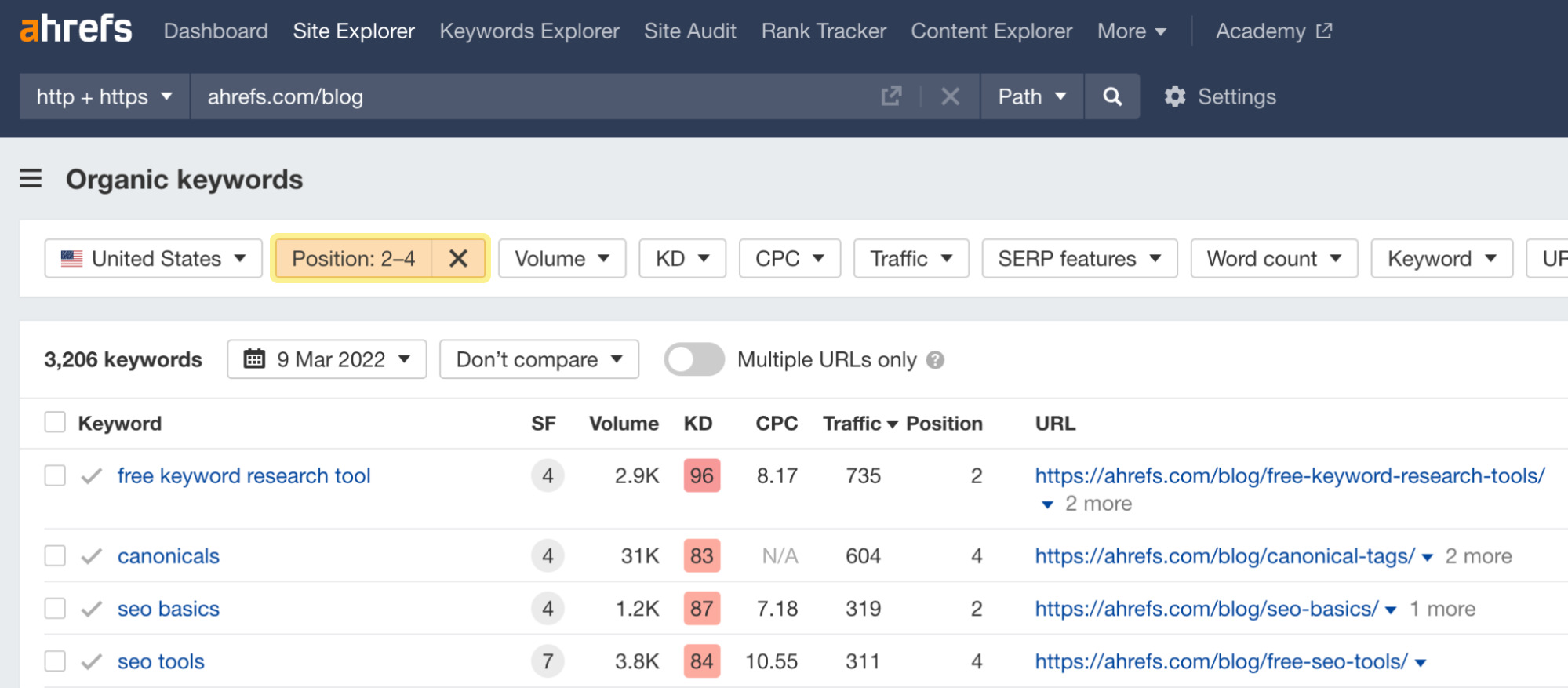


Final thoughts

 MikeTyes
MikeTyes 
























